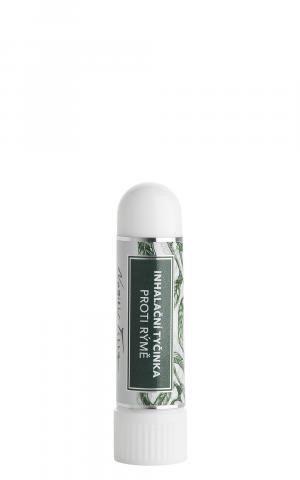Moldavian bee (Dracocephalum Moldavica)
Other names: Moldavian dragonhead
Harm score: 1 (Natural substances)
Moldavian dragonhead, internationally known as Moldavian dragonhead, is a wonderful herb belonging to the family of the deaf-headed plants. This plant is native to Asia, where it is considered a medicinal plant. The Moldavian dragonfly averages 30 to 60 centimetres in height, has a branched stem and small blue flowers spread along the length of the stem. In the high season, which is in July and August, the bee tree attracts many bees and butterflies with its distinctive scent.
The Moldovan beehive is an herb that has become popular mainly due to its many uses. Its leaves and flowers are popular in the culinary arts, where they are added to salads, rice or pasta for their strong but pleasant taste. In Chinese medicine, Moldovan bee balm is used for various skin problems, treating sinus diseases, digestive problems or to strengthen the immune system. In Ukraine, a decoction is made from it to treat flu and colds. The Moldavian bee is also used in the cosmetic industry for the production of various creams, soaps and oils due to its antiseptic and antibacterial properties. For example, it is attributed with the ability to relieve acne or eczema. The plant is also popular with gardeners who find it a beautiful addition to their gardens. If you like plants that are both strong smelling and medicinal, the Moldovan bee plant should not be missing from your collection.
You won't find this substance in our products. Try the natural, chemical-free products in our range.

Inhalation stick against rhinitis
Product detail
Deo cream GREEN BALANCE 40 g
Product detail
Body milk pink 245ml BIO, VEG
Product detail
Gift set - Fragrant home
Product detail
Whipped Body Cream SENSES - Fruity 60ml
Product detail